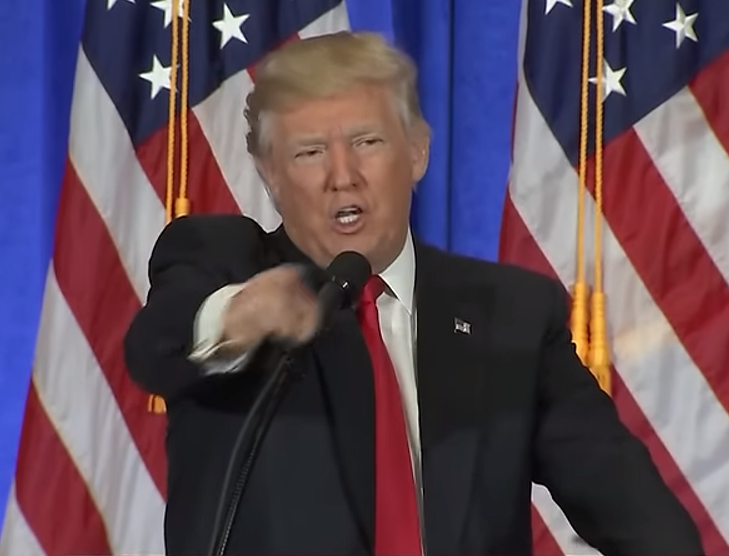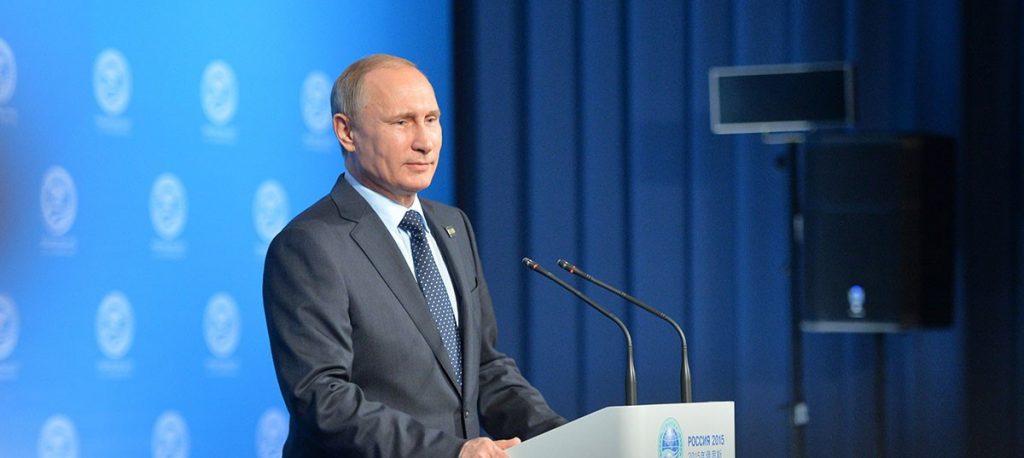Trump Demands “Unconditional Surrender” from Iran

President Donald Trump has dramatically intensified U.S. pressure on Iran, shifting from diplomatic overtures to overt demands.
On June 17, he demanded “unconditional surrender” from Tehran over stalled nuclear talks and claimed the U.S. knows the whereabouts of Supreme Leader Ayatollah Ali Khamenei, calling him an “easy target,” though insisting he would not authorize an assassination.
From Negotiation to Ultimatum
- March 7: Trump initiated renewed diplomacy with a letter proposing sweeping restrictions on Iran’s nuclear capabilities in exchange for lifting sanctions, including a two-month ultimatum .
- April: Iran displayed willingness to engage but balked at perceived “bullying tactics”; indirect talks began in Oman on April 12.
- By June, Trump pivoted sharply, rejecting diplomacy, warning Tehran must surrender or face force.
Military Buildup and Regional Stakes
The U.S. has amassed military resources in the Gulf, including warships and aircraft, and collaborated closely with Israel. Moreover, intelligence and classified war plans have been shared . Trump floated options like striking Iran’s subterranean nuclear facilities at Fordow, while also saying Iran is under U.S. and Israeli air superiority.

Tehran Fires Back: “The Battle Begins”
- Iran’s Ayatollah Khamenei, responding hours later, declared “the battle begins”, vowing no mercy for both the U.S. and Israel and signaling readiness to retaliate.
- Earlier Israeli airstrikes reportedly killed key IRGC commanders, reinforcing Iran’s narrative of being under attack .
- Political divisions in Washington are stark: while hawkish figures (like Rubio and Cotton) support forceful action, isolationists in Trump’s MAGA base, including VP J.D. Vance and DNI Tulsi Gabbard, caution against entanglement.
- International leaders and institutions—including G7 countries and U.N. analysts—are lobbying for a diplomatic resolution, fearing a widening Middle East war and its humanitarian fallout .
What to Watch
- Will Trump authorize military strikes? Signals suggest he’s considering options but hasn’t pulled the trigger.
- Tehran’s response may include missile, cyber, or proxy attacks—a potential trigger for deeper U.S. involvement.
- Diplomatic viability remains in question: current trajectory leans toward confrontation, but analysts suggest a negotiated outcome is still possible if Iran accedes to robust inspections
You might also want to read: U.S. Withdraws Diplomats from Iraq as Iran Tensions Escalate


